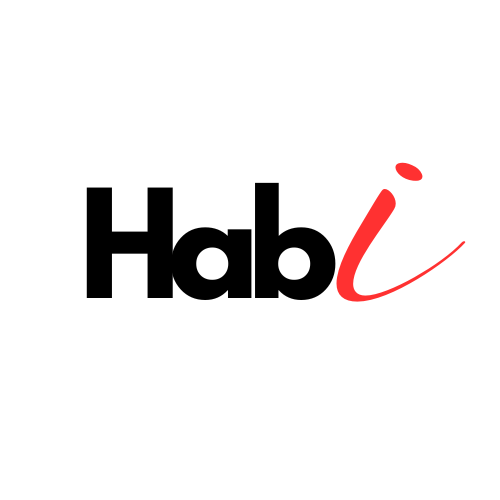JavaScript is full of fascinating concepts, and closures are one of the most important yet often misunderstood topics for beginners. Closures can seem tricky at first, but once you understand how they work, they become an incredibly powerful tool in your programming toolbox.
In this blog post, we’ll break down what closures are, why they’re useful, and how to apply them in real-world code. By the end, you’ll not only understand what closures are but also have some practical examples to help solidify the concept.
What Exactly is a Closure?
A closure is a function that “remembers” the environment in which it was created. More formally, a closure is created every time a function is created, giving that function access to variables from its outer (enclosing) scope, even after the outer function has finished executing.
This sounds complex, but let’s start with a simple example to clarify:
function outerFunction() {
let outerVariable = "I am from the outer function";
function innerFunction() {
console.log(outerVariable);
}
return innerFunction;
}
const myClosure = outerFunction();
myClosure(); // Output: I am from the outer functionIn this example, outerFunction returns innerFunction. Even though outerFunction has completed execution, innerFunction still has access to outerVariable because of the closure. This is the essence of what closures do—they allow inner functions to “remember” and access variables from their outer functions.
The Power of Closures: Practical Applications
Now that you have an idea of what a closure is, let’s explore some of its practical applications.
1. Data Encapsulation
Closures are great for encapsulating data. This means that you can create private variables that can only be accessed or modified through a function.
Consider the following example:
function counter() {
let count = 0;
return function() {
count++;
return count;
};
}
const increment = counter();
console.log(increment()); // Output: 1
console.log(increment()); // Output: 2
console.log(increment()); // Output: 3Here, the variable count is private to the counter function. There’s no direct way to access or change it from outside. This is a common use case for closures when you want to protect certain data from being manipulated directly.
2. Callback Functions
Another popular use of closures is within callbacks. Callbacks are often used in asynchronous programming, like handling events or fetching data from an API.
Let’s see how closures work in callbacks:
function fetchData(url) {
let cachedData = null;
return function(callback) {
if (cachedData) {
callback(cachedData);
} else {
// Simulate API call
setTimeout(() => {
cachedData = "Fetched Data from " + url;
callback(cachedData);
}, 2000);
}
};
}
const fetchFromAPI = fetchData("https://api.example.com");
fetchFromAPI((data) => {
console.log(data); // Output after 2 seconds: Fetched Data from https://api.example.com
});
fetchFromAPI((data) => {
console.log(data); // Immediate output: Fetched Data from https://api.example.com
});In this example, the closure retains the value of cachedData and ensures that subsequent API calls use the cached result, improving performance.
3. Function Factories
Closures can also be used to create function factories. These are functions that return other functions with pre-configured behavior.
function greeting(message) {
return function(name) {
console.log(`${message}, ${name}`);
};
}
const sayHello = greeting("Hello");
const sayGoodbye = greeting("Goodbye");
sayHello("Alice"); // Output: Hello, Alice
sayGoodbye("Bob"); // Output: Goodbye, BobIn this case, sayHello and sayGoodbye are both closures that “remember” the message variable from the greeting function.
Common Pitfalls of Closures
While closures are powerful, they can also lead to some common problems if not used carefully.
1. Memory Leaks
Closures can inadvertently cause memory leaks if they are not properly managed. Since closures keep references to variables from their outer scope, they can prevent memory from being freed if those variables are no longer needed.
One way to mitigate this is to ensure that closures are not kept alive longer than necessary, such as avoiding unnecessary global variables or long-lived references.
2. Unexpected Behavior in Loops
Closures can lead to unexpected behavior in loops if you’re not careful. Consider the following example:
for (var i = 1; i <= 3; i++) {
setTimeout(function() {
console.log(i);
}, 1000);
}
// Output: 4, 4, 4The issue here is that the loop finishes before the setTimeout callbacks are executed, and by the time they run, the value of i is already 4. To fix this, we can use let instead of var, or create a closure inside the loop:
for (let i = 1; i <= 3; i++) {
setTimeout(function() {
console.log(i);
}, 1000);
}
// Output: 1, 2, 3Alternatively, you can create an immediately invoked function expression (IIFE) to capture the current value of i:
for (var i = 1; i <= 3; i++) {
(function(currentI) {
setTimeout(function() {
console.log(currentI);
}, 1000);
})(i);
}
// Output: 1, 2, 3Conclusion: Embracing Closures
Closures are one of the most powerful features in JavaScript. While they can seem complex at first, they open up a world of possibilities once you get the hang of them. From creating private variables and improving performance with caching to writing cleaner callback functions, closures will soon become an essential tool in your coding practice.
As you continue to learn JavaScript, try to look for opportunities to use closures in your projects. The more you use them, the more natural they’ll feel, and you’ll quickly discover their versatility and usefulness.
Happy coding!
